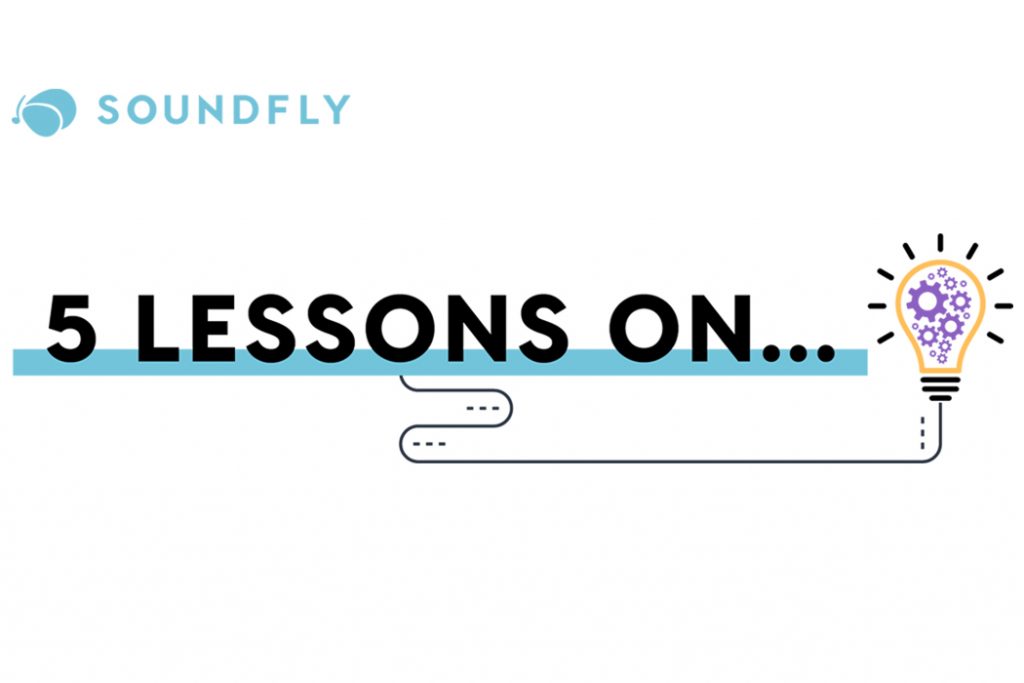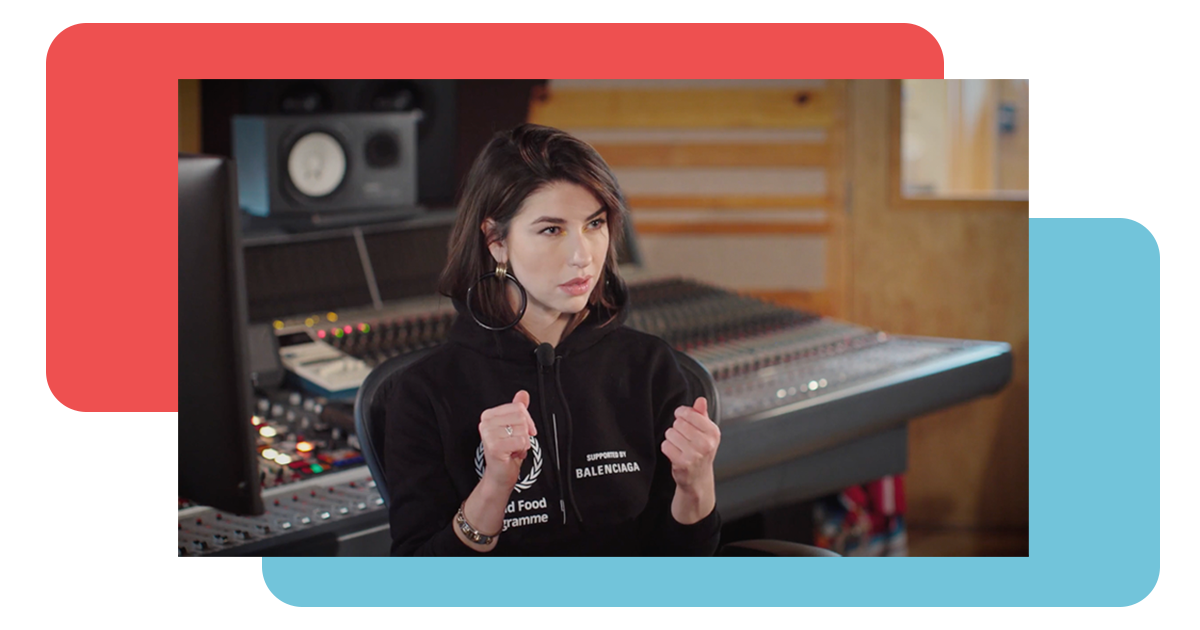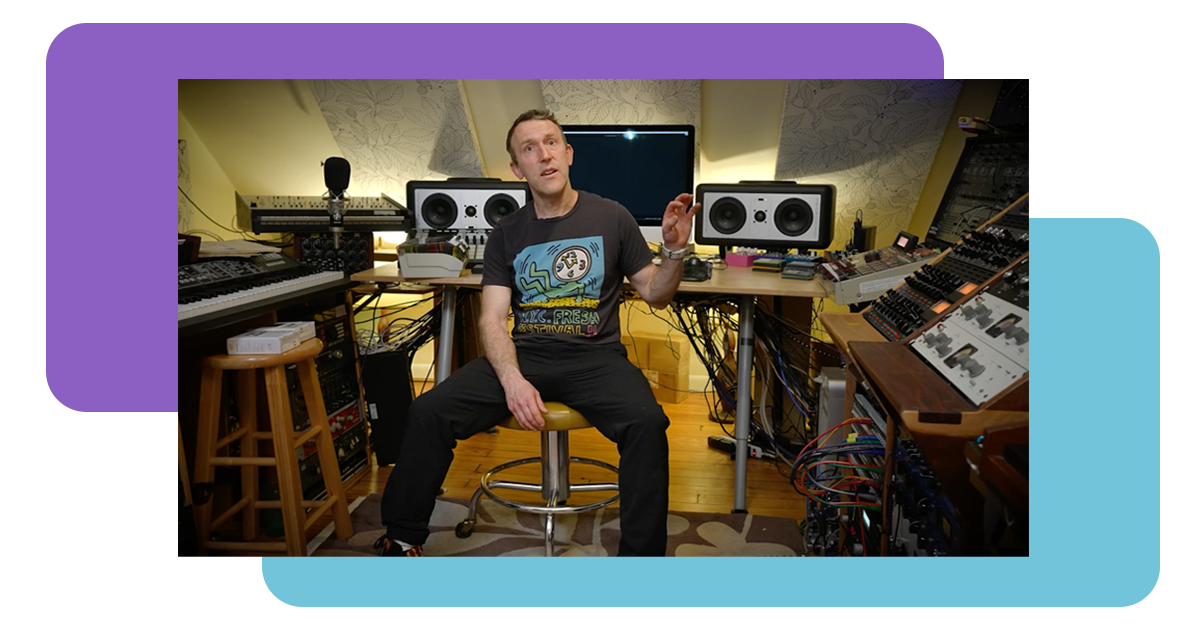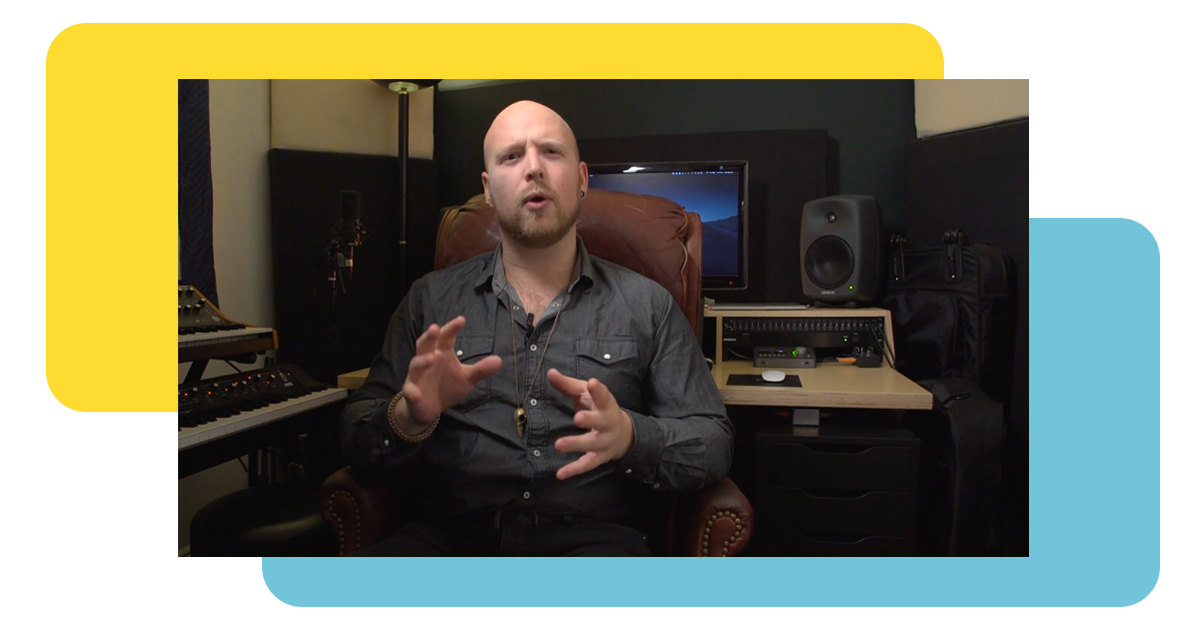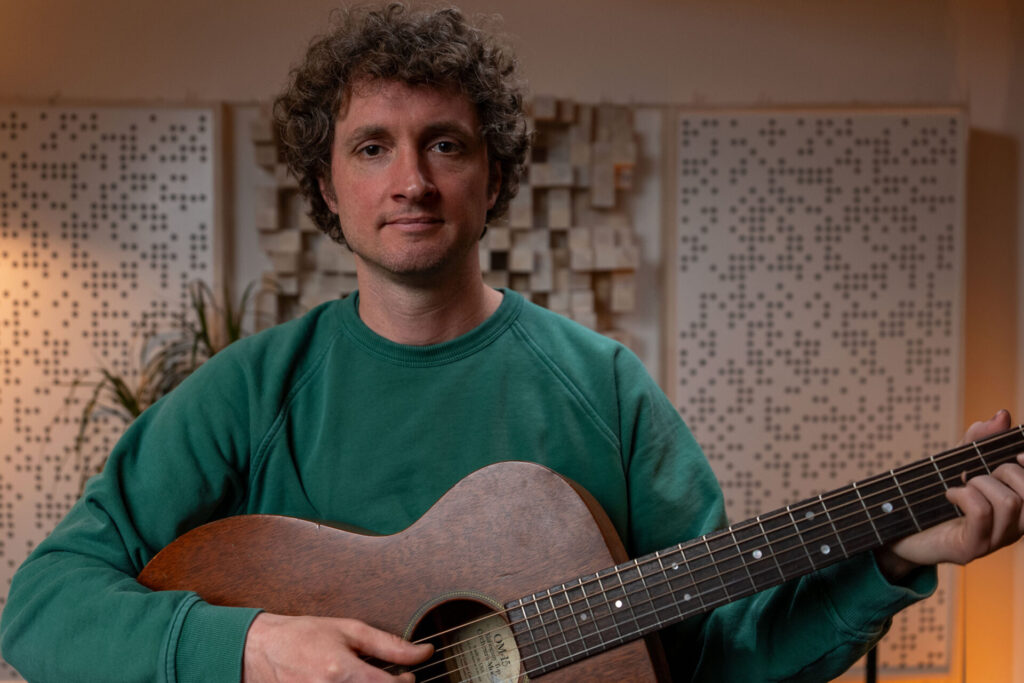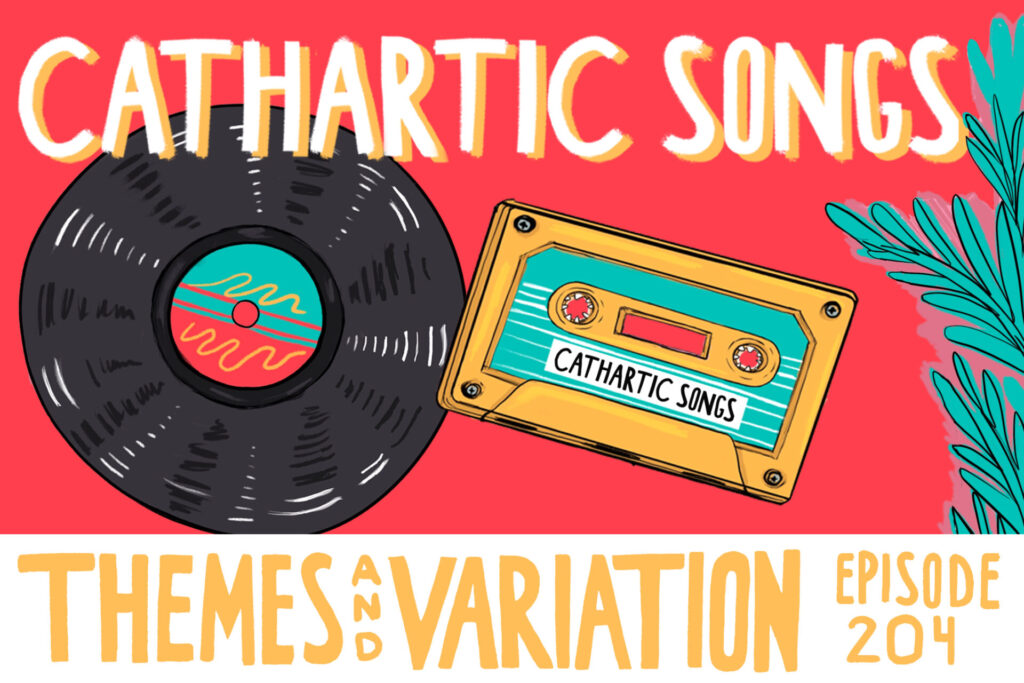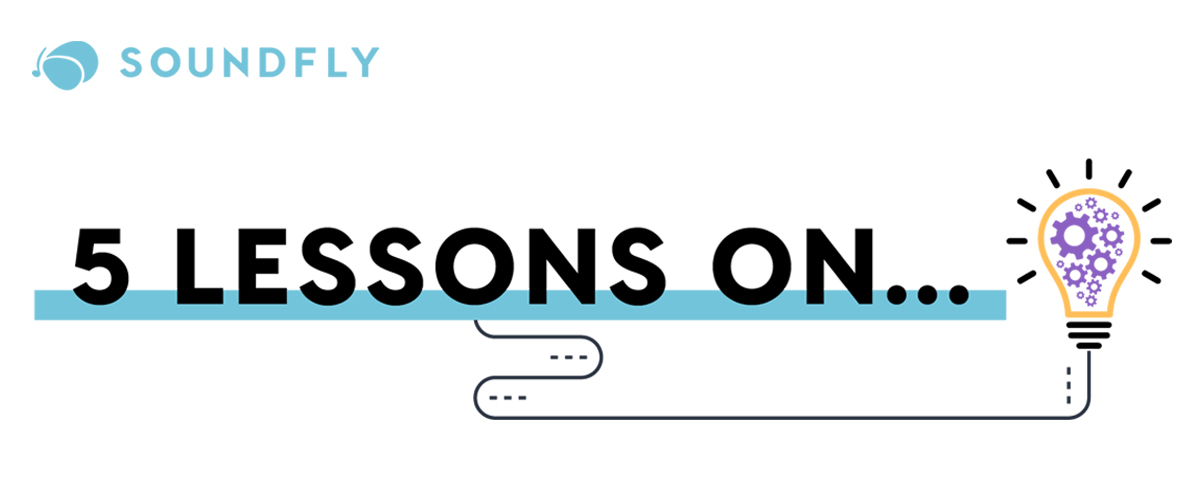
Songcraft
Soundfly’s new, themed monthly newsletter entitled “5 Lessons On…” is now on Flypaper.
Each month, we’ll gather a digest of five Soundfly course lessons that respond to a shared theme and approach that area of discussion from different, unique angles. We hope that these lessons help anchor your music learning for the week or month to come, inspire you to explore new directions, or simply provide some entertaining content to enjoy over the weekend!
For this edition, we’re tackling the art of songcraft, or making use of the various elements of songwriting to create something that’s greater and more beautiful than the sum of its parts. *Note: You’ll need to be a Soundfly subscriber to access these course lessons.
Here are our favorite 5 Lessons On… Songcraft. Enjoy!
KIMBRA: VOCAL CREATIVITY, ARRANGING, & PRODUCTION
How to Make a “Song”
In this video from her course, the ever-inspiring Grammy-winning singer and songwriter Kimbra shows us some of her go-to methods for turning ideas into songs.
She starts with a disclaimer that “it’s hard to summarize ‘how a song gets made,’” but quickly notes that as soon as you start developing your practice, patterns will begin to emerge, and its those patterns that truly define your personal voice as an artist over time!
In Kimbra’s creative process specifically, song ideas quickly spark from the flurry of creative energy stemming from collaborations — after which, it’s her turn to take those ideas and chisel down the most exciting bits so they start to resemble elements like “verses” or “choruses.” From there, finishing the song just becomes one big jigsaw puzzle; it may come quick, or it may take years.
Check Out This Full Lesson on Soundfly
KIEFER: KEYS, CHORDS, & BEATS
A Stable Chord Progression
When it comes to songwriting, there’s an unlimited number of ways artists can put all the elements together to tell their story. For pianist and producer, Kiefer, a good amount of that work falls secondary to whether his chord progression reads as “stable” or “unstable.”
How his melody, rhythm, tempo, and arrangement unfold throughout a song, all pretty much directly correlate to identifying that fundamental aspect first. In this way, his songcraft comes not only from which chords he plays, but their inherent movement in one direction or another, or the lack of movement as a form of resolved stasis.
Since everything including the music, the lyrics, the pace and feel of a song, inform an artist’s storytelling capacity, isn’t this just such a great way of generating the message of a piece? Why not listen first to how the chords move around one another, and take your cues from that!
Check Out This Full Lesson on Soundfly
THE ART OF HIP-HOP PRODUCTION
The Basics of Hip-Hop Song Structure
Drummer, producer, and cultural ambassador Charles Burchell uses his course to cover the rich history and storied context of hip-hop music, as much as he teaches how to start producing it yourself.
In this section, Charles takes us through some common and widely used structures for how hip-hop songs are organized, and then shows what else can be done to innovate and deconstruct those structures. And because artists in the underground have informed the mainstream heavily in hip-hop culture, these innovations are so much more apparent than in other styles.
Hip-hop differs from pop music in that a strong “hook” typically replaces the traditional “chorus,” and that’s freeing because you can launch into a hook really anytime in a song. (Or not at all!)
J. Cole’s “False Prophets” features no less than 28 bars of hooks, whereas Kendrick Lamar’s “DUCKWORTH.” features not a single one!
Check Out This Full Lesson on Soundfly
RJD2: FROM SAMPLES TO SONGS
Developing Song Kernels
Producer RJD2’s sample-based music is often stuck in the realm of repeating loops when he first starts working on a track, until “kernels” (as he calls them) begin to pop up and take shape.
An essential part of RJ’s process is actually not going in with any preconceived plans — that means just letting the sounds he captures exist in a “library” of sorts, to pull from later. RJ mentions he’s always on the hunt for at least “some tonal things and some drums,” which he’ll catalog and return to when the song calls for it.
This isn’t far from Kimbra’s method of stockpiling ideas in an improvisational way, and then coming back to them after some time has passed!
One last interesting thing RJ brings up in this lesson is how he regards music theory and harmony as a tool for songcrafting unto itself. For years, he simply used the MPC to collect and trigger sounds, and it was only when he brought a Fender Rhodes into his production workflow did he find a way to marry original melodies and chords with his sampled sound foundations.
Check Out This Full Lesson on Soundfly
SONGWRITING FOR PRODUCERS
Understanding Song Sections
Composer, synthesist, and producer, Will Marshall’s course, Songwriting For Producers, aims to help get those of you who are new to the practice of songwriting set up and oriented with all the tools available in your arsenal.
This lesson, and the section that follows, breaks down the most common elements of song structure and their uses:
- Chorus – nearly always the most memorable part of a song, they tend to feature repetition, catchy melodies, and simple but smart lyrics that provide a strong place for a song’s main lyrical message.
- Verse – often where we move the narrative forward, in the case of songs with lyrics, or more metaphorically in instrumental works.
- Pre-Chorus – provides a transition from verse to chorus, where we can build momentum in a variety of ways.
- Intro – begins a song, and usually lasts between 4-8 bars.
- Bridge – a new section, different from the verse or chorus and usually later in the song, used to introduce new ideas and draw us back in before moving toward the end of the song.
- Solo – a lot like a bridge in that it often feels like a shift to a new environment within the song, features an isolated instrumental section.
- Outro – if the intro is one bookend, this is the other.
Check Out This Full Lesson on Soundfly
Improve all aspects of your music with Soundfly.
Continue learning with hundreds of lessons on songwriting, composing, home recording, electronic production, beat making, and much more. Explore Soundfly’s full array of exciting online music courses here.
